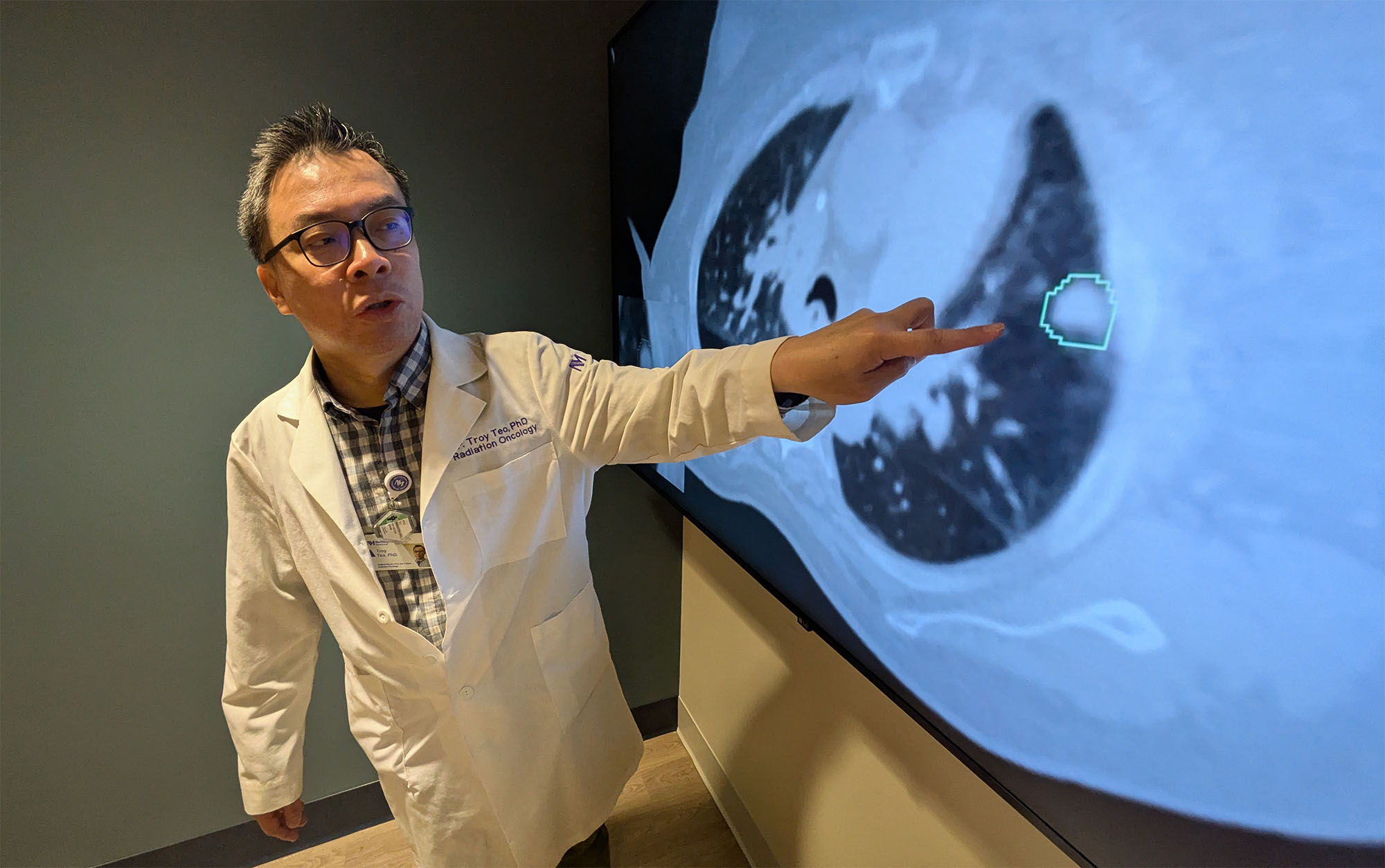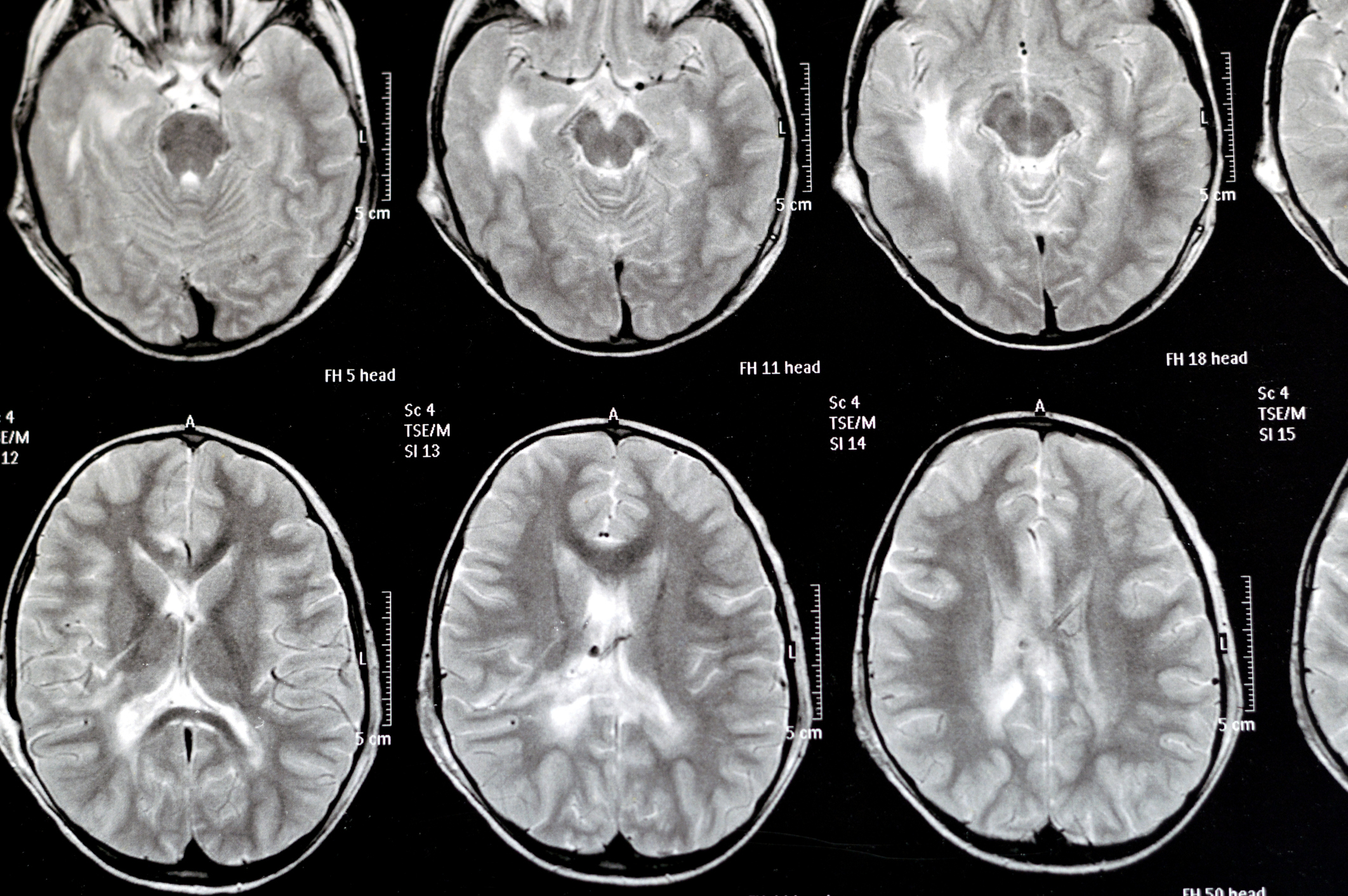Media Coverage
The work done by Northwestern University Feinberg School of Medicine faculty members (and even some students) is regularly highlighted in newspapers, online media outlets and more. Below you’ll find links to articles and videos of Feinberg in the news.
-
New York Times
–
A Common Assumption About Aging May Be Wrong, Study Suggests
A new analysis of data gathered from a small Indigenous population in the Bolivian Amazon suggests some of our basic assumptions about the biological process of aging might be wrong. The study, which was published today, found that people in two nonindustrialized areas experienced a different kind of inflammation throughout their lives than more urban people — likely tied to infections from bacteria, viruses and parasites rather than the precursors of chronic disease. Their inflammation also didn’t appear to increase with age. “How we understand inflammation and aging health is based almost entirely on research in high-income countries like the U.S.,” said Thomas McDade, PhD, a biological anthropologist at Northwestern University. But a broader look shows that there’s much more global variation in aging than scientists previously thought, he added. Dr. McDade, who has previously studied inflammation in the Tsimane group, speculated that populations in non-industrialized regions might be exposed to certain microbes in water, food, soil and domestic animals earlier in their lives, bolstering their immune response later in life.
-
TODAY
–
On a High-Protein Diet? The 1 Nutrient You’re Probably Not Getting Enough of
High-protein diets are all over TikTok and other social media platforms, with supporters claiming they can help with energy, muscle-building and more. While protein can help you feel full and is crucial for many roles in the body, there are some risks associated with eating too much protein, such as kidney problems, dehydration and digestive issues. Many people that are focusing on a protein diet may forget to include fiber in their meals. Olufemi Kassim, MD, a gastroenterologist at Northwestern Medicine, suggests starting by adding one high-fiber food to each meal. “If you can hit 20 to 30 grams of fiber from food, that’s ideal,” Kassim told NBC News. “You’re not just getting the benefit from fiber from eating an apple a day, but you’re also getting all the great micronutrients like vitamins.” Some accessible and nutritious high-fiber foods include broccoli, oats, cauliflower, sweet potatoes, avocado, raspberries, chia seeds, chickpeas, lentils and apples.
-
Washington Post
–
Kids’ skin care TikToks are costly and counterproductive, study says
The most popular teen skin care routines posted on social media contained an average of 11 potentially irritating active ingredients, according to a study published this month in Pediatrics. The researchers, from Northwestern Medicine, also found that girls ages 7 to 18 are using an average of six products on their faces. “Skin care regimens on TikTok are costly, infrequently include sunscreen, and often involve exposure to ingredients that carry a risk of irritation, allergic contact dermatitis, and sun sensitivity,” the study’s authors concluded. The videos offer “little to no benefit for the pediatric populations they are targeting,” they said. The researchers also tried to identify ingredients with elevated risk of inducing an allergic skin response, or those that are part of standard allergy testing. They discovered 20 common inactive ingredients in the skin care regimens that may cause allergies or irritation in individuals with sensitive skin.
-
CNN
–
NIH froze funding for clinical trials at a major university. By fall, they’ll run out of funding
Atrial fibrillation is a condition in which the heart’s upper chambers beat irregularly, and it’s the most common heart rhythm abnormality in adults, affecting about 10 million Americans. Because it can lead to blood clots, it raises the risk of stroke and heart failure. Angelina Brown, like many others with AFib, as it’s commonly called, was prescribed a blood thinner to lower those risks. She didn’t like it. It caused her to bruise easily, or bleed a lot if she cut herself accidentally. Brown’s cardiologist, Rod Passman, MD at Northwestern University Feinberg School of Medicine, suggested another option: Enroll in his new clinical trial that would use an Apple Watch with a modified algorithm to monitor for Afib, and take blood thinners only when needed. “Some patients are in AFib all the time, and some patients are in AFib once a year or once every few years, or have received treatment and now their AFib is gone, but the current standard of care is to treat all those patients the same, with the same blood thinners, for the rest of their lives,” Passman told CNN. “I don’t think that makes sense.” Brown become the first patient to enroll in the trial, which now has signed on more than 1,700 people and is designed to run for another four years. If it proves that some people can manage their AFib in an individualized way, it could revolutionize treatment for millions of Americans, reducing use of costly blood thinners that can come with unpleasant side effects. “This is huge,” Passman said. But he may never get the results. The trial is funded with $37 million from the US National Institutes of Health, and Northwestern hasn’t received any funding from the federal biomedical research agency since the end of March. “All of the research is at immediate risk,” said Dr. Susan Quaggin, chair of Northwestern’s Department of Medicine. Among her biggest concerns is what happens to patients in clinical trials. “If they’re halted, these trials go away. They end.” Beyond Passman’s AFib study, trials on brain, colon, breast and childhood cancers are at risk, a university spokesperson said. That includes multiple trials aiming to find ways to prevent cancer.
-
WGN Chicago
–
Freezing of federal grants causes concern at NU medical school
Susan Quaggin, MD, Chair of Department of Medicine at Northwestern University Feinberg School of Medicine, joins Lisa Dent to discuss concerns over federal funding being frozen by the Trump administration. Dr. Quaggin shares that across the entirety of Northwestern University, nearly 1,300 grants have been frozen, with 400 grants being frozen in the Department of Medicine alone.
-
USA Today
–
The trickle-down effect of President Trump’s massive NIH budget cuts
Millions of dollars in NIH research has now ground to a halt at universities across the country after the Trump administration cut studies it says are driven by diversity initiatives or a fixation on COVID-19. NIH grant money doesn’t sit in Washington – it gets funneled down to research universities across the country, where professors, graduate students, and doctors do their life’s work. At Northwestern University, just outside of Chicago, Benjamin Singer, MD, the vice chair for research in the Department of Medicine, said the university has been “very gracious” in helping his research group fill in the funding gaps to keep his research group’s work going. Singer treats patients in the intensive care unit, and some of his research focuses on how a specific cell can help rebuild a damaged lung – research that can benefit people suffering from pneumonia. His group also identifies targets for potential future prescription drugs. “I take care of critically ill patients at a high risk of dying,” Singer said. “When they’re really up against a tough spot, I think, ‘I wish we had better medications. I wish we had better therapies to help your mom, your son, your daughter.’”
-
US News & World Report
–
Turnaround Month In U.S. OD Death Crisis Pinpointed By Researchers
The turning point in America’s drug overdose (OD) crisis came in August 2023, a new study says. OD death rates are now in a sustained slow down after two decades of increase, researchers said. “This is an unprecedented shift in the modern drug crisis,” lead researcher Lori Post, PhD, director of the Buehler Center for Health Policy and Economics at Northwestern University Feinberg School of Medicine, said in a news release. However, the U.S. isn’t out of the woods yet, Post warned. The current OD death rate remains higher than any time dating back to the mid-1800s. “Even with this promising decline, drug overdose death rates remain near historic highs,” Post said. “Things are better but still not good.” For the study, researchers tracked the 800,645 drug overdose deaths that occurred between January 2015 and October 2024. Results show the national OD death rate increased from 14.5 deaths per 100,000 Americans in 2015 to 33.2 deaths per 100,000 in August 2023. More research is needed to figure out the exact causes of the turnaround, Post said. This is the first study to identify sustained declines in drug OD deaths versus temporary plateaus, she noted.
-
The Wall Street Journal
–
How Trump Blew Up Northwestern’s Business Model
In April, Northwestern University cardiologist Rod Passman, MD learned the National Institutes of Health had abruptly halted funding for a $37 million trial testing a new way to treat dangerous heart arrhythmias, with about 1,500 patients already enrolled. It was part of a universitywide funding freeze that threatened to stall hundreds of projects, including clinical trials with patients on lifesaving medication. Passman’s $37 million grant is testing a novel approach to treating atrial fibrillation, a heart condition that affects about 10 million Americans. Bouts of irregular heart rhythm cause blood to pool in the organ’s chambers, seeding clots that can break away and trigger strokes in the brain. Standard treatment involves a lifetime of powerful blood thinners to reduce the stroke risk, but patients are at risk for bleeding. Passman has talked to NIH program officers about his situation but said they didn’t tell him if or when funding would resume. If the university stops covering costs, and Passman fails to find backup funding, he expects to shut his trial down. Participants would go back to taking medicines, but it would waste years of work and millions of dollars to stop the project.
-
US News & World Report
–
AI Can Boost Radiologists’ Efficiency Without Sacrificing Accuracy
Artificial intelligence (AI) can boost radiologists’ ability to quickly and accurately assess people’s X-rays, a new study says. Some radiologists became 40% more efficient at reviewing images with the help of a custom-built AI program, researchers reported June 5 in JAMA Network Open. “This is, to my knowledge, the first use of AI that demonstrably improves productivity, especially in health care. Even in other fields, I haven’t seen anything close to a 40% boost,” senior researcher Mozziyar Etemadi, MD, PhD said in a news release. He’s an assistant professor of anesthesiology and biomedical engineering at Northwestern University in Chicago.Northwestern engineers built the AI system from scratch, using clinical data from the Northwestern Medicine network. The AI system analyzes X-ray imaging and issues a report that is 95% complete and personalized to each patient, researchers said. A radiologist then reviews the AI report along with the imaging scan and issues their own diagnosis. “For me and my colleagues, it’s not an exaggeration to say that it doubled our efficiency. It’s such a tremendous advantage and force multiplier,” said researcher Samir Abboud, MD, chief of emergency radiology at Northwestern Medicine. “On any given day in the ER, we might have 100 images to review, and we don’t know which one holds a diagnosis that could save a life,” Abboud said. “This technology helps us triage faster — so we catch the most urgent cases sooner and get patients to treatment quicker.”
-
New York Post
–
Menopause drug might prevent breast cancer and treat hot flashes, research finds
A drug intended to treat menopause symptoms could double as breast cancer prevention. New research from Northwestern University in Illinois found that Duavee, a Pfizer-made drug, “significantly reduced” breast tissue cell growth, which is a major indicator of cancer progression. A phase 2 clinical trial included 141 post-menopausal women who had been diagnosed with ductal carcinoma in situ (DCIS), also known as stage 0 breast cancer, according to a press release from Northwestern. This non-invasive breast cancer affects more than 60,000 American women each year, often leading to an outcome of invasive breast cancer. Duavee is a conjugated estrogen/bazedoxifene (CE/BZA) drug, which combines estrogen with another medication that minimizes the potential harmful side effects of the hormone. “The key takeaway from the study is that CE/BZA slows the growth (proliferation) of cells in milk ducts of DCIS that expressed the estrogen receptor significantly more than placebo,” Swati Kulkarni, MD, lead investigator and professor of breast surgery at Northwestern University Feinberg School of Medicine, told Fox News Digital. Another major finding is that the quality of life did not differ significantly between the two groups, but patients who took the CE/BZA reported fewer hot flashes during the study, she noted.






